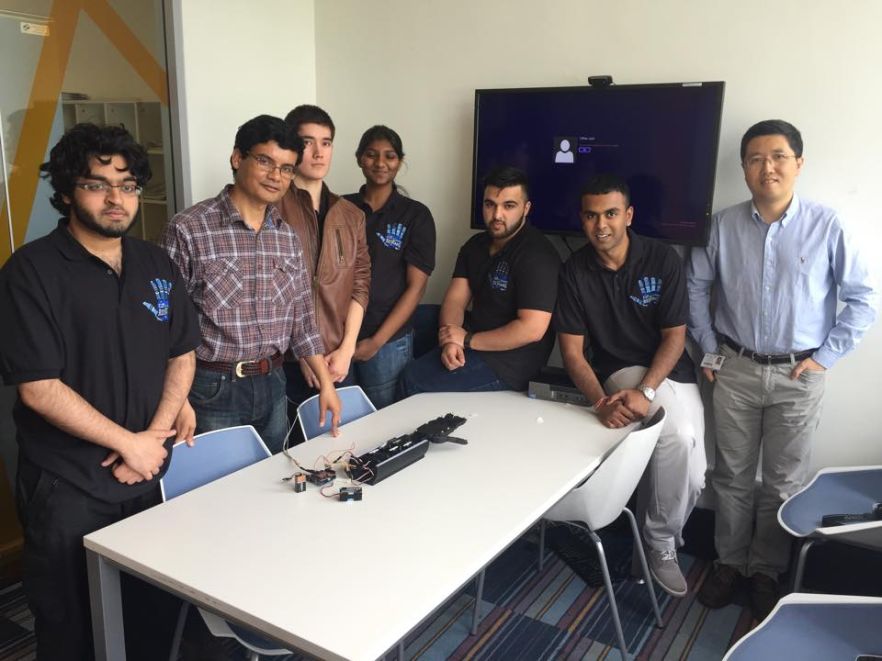Research
Design and development of Prosthetics/multi-functional artificial limbs for people with amputated limbs
| Principal investigator: | M Hasan SHAHEED |

The development of prosthetic bionics and exoskeletons are an active area of research of biomedical engineering, along with human-machine interface technologies. Many commercial products are available, but they are limited in terms of dexterity, processing power, design and capabilities. The available products are mainly based on surface EMG (sEMG) signals or optical input from the environment. Moreover, they are also very heavy and rigid, leading to muscle fatigue in the remaining muscles. Our investigations involve (i) better classification (including multi-label classification) of sEMG signals using deep learning to improve grasping, (ii) the use of Electroencephalography (EEG) signal, motor and reflex signals from the spinal cord along with the sEMG signals for the identification of user intent and training of a Convolutional Neural Network for classification of the gestures and (iii) soft robotics approaches to reduce the weight of the prosthetic and to give it a realistic feel.

